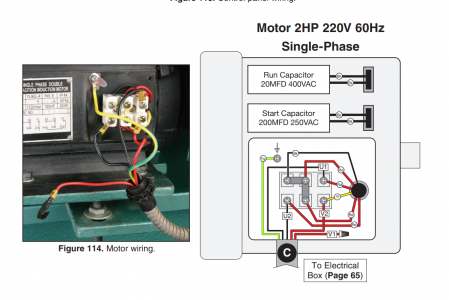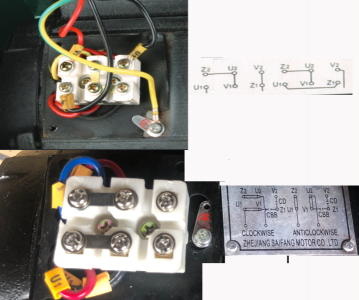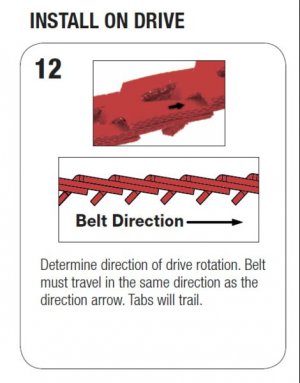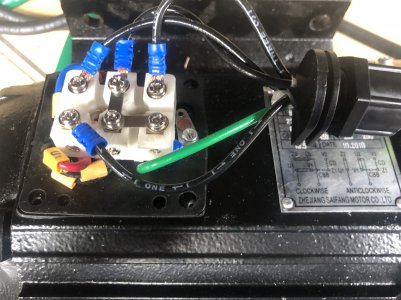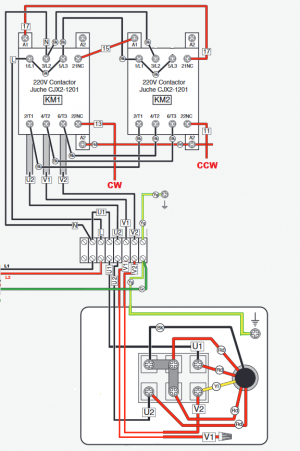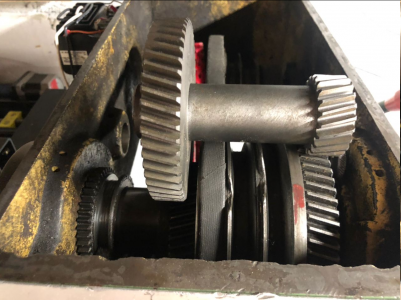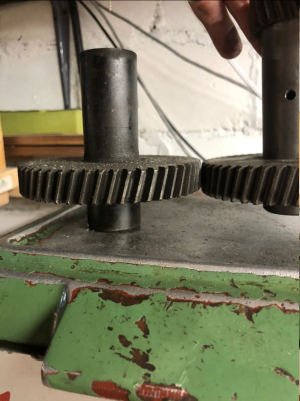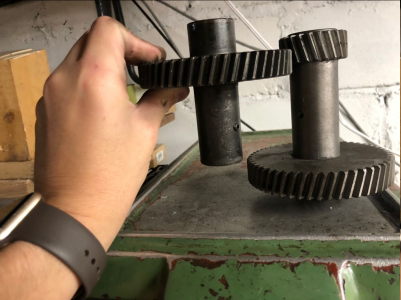As your motor came the jumpers are set for "clockwise" rotation. Following the diagram to reverse all you need to do is move the jumpers like show for anti- CW. Your power in, usually called "Line"are the two lines coming in from the bottom of the diagram. If this is for a 208/220 motor no neutral is used. The green wire, Ground, (green or yellow with green stripe,) goes to the screw with the little tab with the red markings. The feed from your motor control (switch) goes to the hookup shown as the two wires on the bottom of the diagram. Crimp some terminal ends on the wires if they are stranded. It pays to use the correct tools for wiring. One of the combination stripper, cutter, crimpers will work from the big box stores. A box of assorted wire terminals, will usually include hook, eye & splice with insulated crimp ends. Dedicated crimping pliers are nicer to work with but cost more. If you work on controls or motors with small, very fine leads, you will want to get a set of terminal crimp sleeves for inserting into the terminal connection blocks. Always use the correct sizes for the wire. using the wrong size will make for a poor connection. There are also solder terminals and heat shrink tube if you want to go that way. Always use solder meant for wiring, never any acid flux. You should be able to find good info on line.
As your shop grows and you get more advanced tools it will pay to learn about controls and wiring. Way cheaper to DIY than have a tech come in. Most electricians are not qualified to do even simple control wiring, I can tell you why, sometime.
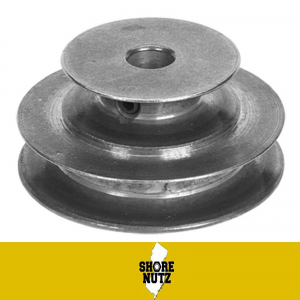
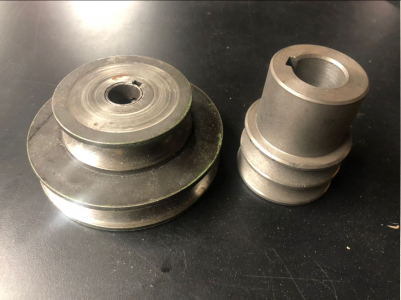
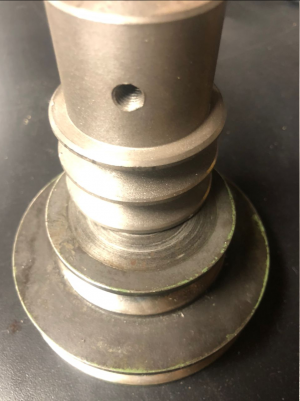 I'll probably need to buy a broach to cut the keyway.
I'll probably need to buy a broach to cut the keyway.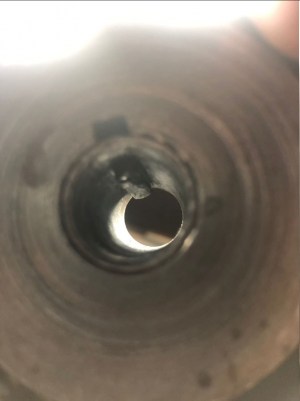
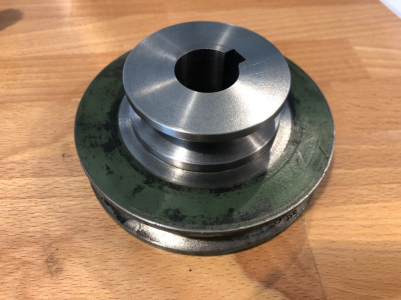 Machinist just finished the pulley modifications to the new 24mm motor shaft. Committed to the motor now, but at least I should be able to get low end speeds again. Also received a shipping notice that my toolpartspro order for the back gear. Will get in today so hopeful this one fits without issue and I can resolve that issue.
Machinist just finished the pulley modifications to the new 24mm motor shaft. Committed to the motor now, but at least I should be able to get low end speeds again. Also received a shipping notice that my toolpartspro order for the back gear. Will get in today so hopeful this one fits without issue and I can resolve that issue.